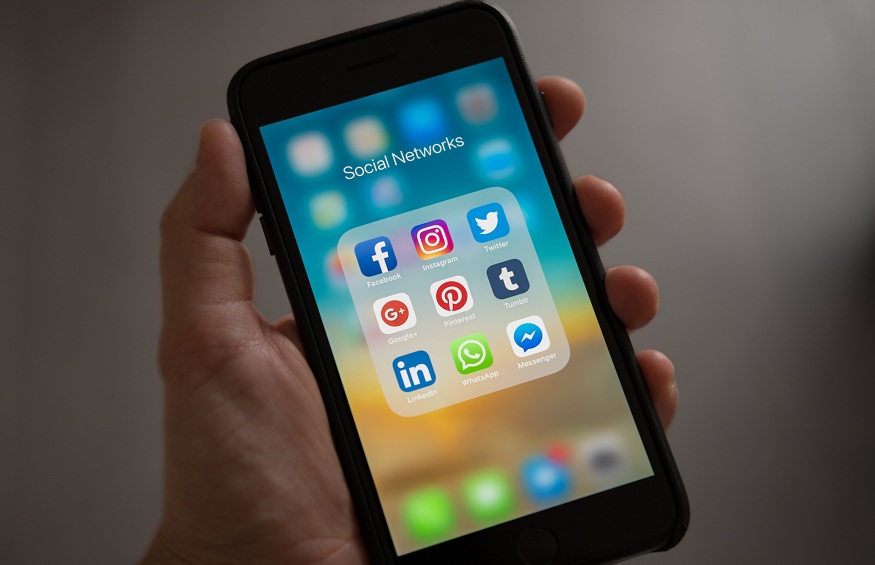In fact, mobile applications are useful and used by mobile users who go to their favorites several times a day.
Sometimes it can be more practical to have your offer translated and localized rather than completely renewing it to generate traffic and new sales. No need to turn everything upside down when your neighbors may very well be interested in your products, services, technologies… But you still have to reach them!
If you even have your own mobile application, then you can manage it in the same way as a website. From administration to traffic monitoring, it behaves very similarly to the website, even with regard to certain features such as translation.
Going through the translation and localization of your mobile application is never a bad idea. And here are some numbers that prove it:
36% of the world’s population had access to smartphones in 2018, while this figure was around 10% in 2011 and the forecasts for future years are exponential.
Sales made via applications are higher than sales made from a website on a smartphone: in 2016 already, they represented 13.4 billion dollars. In other words, when buying from their mobile phone, smartphone users prefer to go through a brand’s application rather than going to its website.
Anticipate the translation of your web application by analyzing your market
For better localization, keep in mind the specificities of each market. Consider the economic, social, political, and legislative context of the market you are targeting. Ask yourself the following questions: can my content be translated or does it need adjustments?
What are the legislative barriers to your project in the target market? Data protection, for example, is highly regulated in Germany. If you want to target this market, do you meet the criteria in force there? Simply translating your content is not enough.
Why offer different languages on its application?
As we mentioned in this article, translation can make it possible to bring a website to life outside of its preferred territory, and thus open it up to new Internet users. The same is true with the mobile application.
Translating its entire application into English , Spanish or Chinese, among others, will offer the possibility to Internet users, who were not intended to use the application, to discover it. Indeed, as an application enthusiast, have you ever downloaded and used applications that were not in your language? Usually no!
To find out what language to have your application translated into, look at your competition: what language has it translated its website and/or application into? Ask yourself which markets may be receptive to your product, your offer?
It is essentially this blockage that the translation of your mobile application seeks to remove , through the languages that will allow you to expand your users, and increase the number of downloads.
In any case, don’t settle for just one language. English is the first choice of many companies, and rightly so, but you have the right to think big. Sometimes, it may even be necessary to have your application translated into British English and also into American English : you must prove to your future customers that you understand them, that you know how to meet their needs with an offer adapted to them.
How to translate your mobile application?
Translating a mobile application , like a website, is not as simple as you might think, which is why you have to be extremely rigorous when creating the translator brief . Beyond even translating the content into the right language and in the correct way, it is necessary to take into account the context, the user experience, as well as the way in which a user will be able to change language.
Beyond even correctly translating the texts into the right language, each element must be taken into account and adapted according to its location and the linguistic standards of the country.
Indeed, it is not simply necessary to translate, but to understand the context and adapt it to the new target audience of this translated content. This can sometimes be difficult to grasp.
Translate your mobile app using intermediate intelligence
Having your mobile application translated by an algorithm, machine translation software (CAT) is a suitable intermediate solution compared to the translation carried out online or by yourself.
Machine translation software is often financially affordable, but this does not equal the quality of a translation performed by a professional or native translator.
Indeed, certain expressions, once translated, sometimes no longer have any meaning because they do not exist in the desired language. The translation software does not detect it unlike the native translator who masters all the habits and customs of the language.

